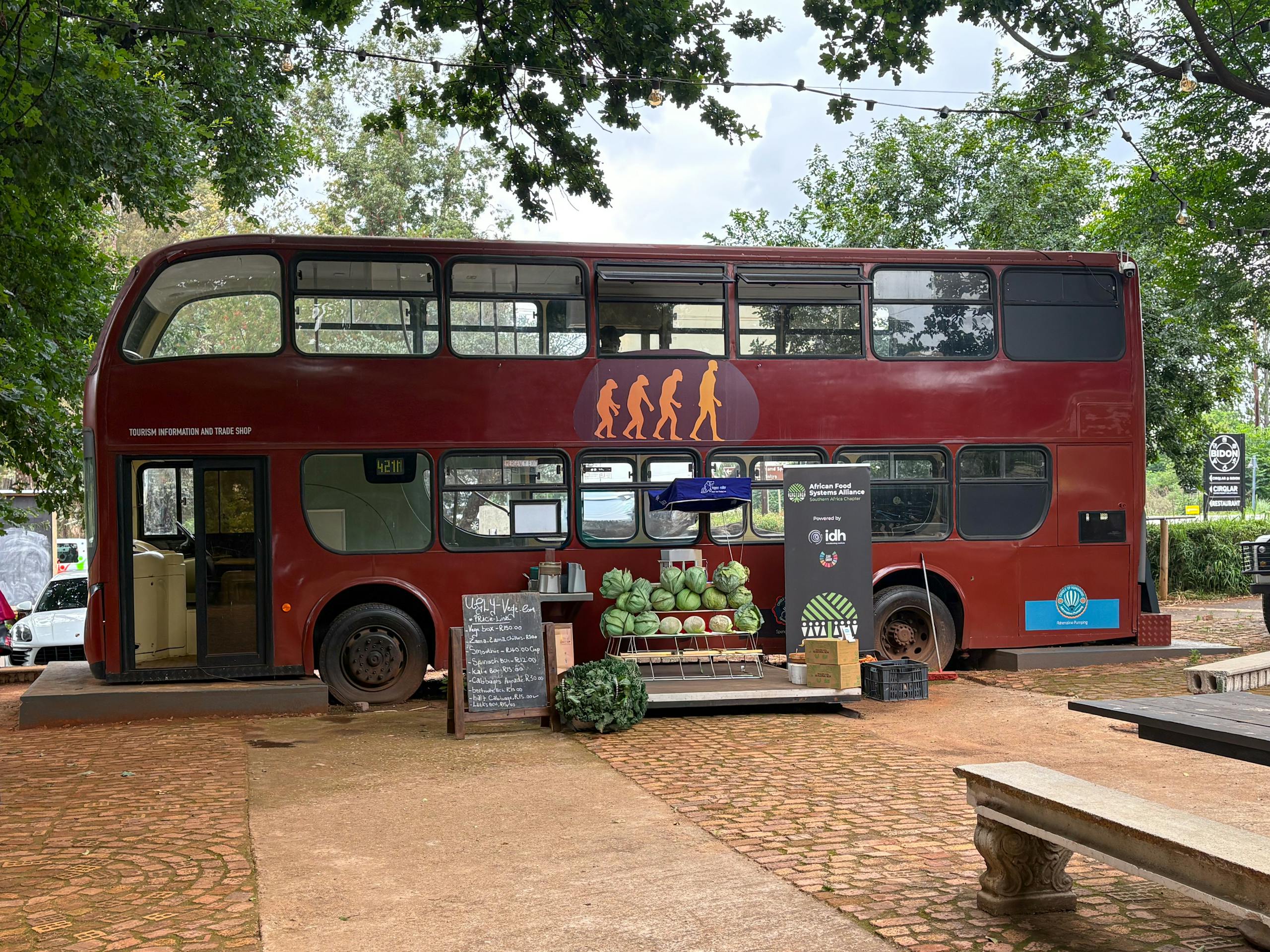Kansas City’s Zero-Fare Bus Experiment Shows Big Ridership Gains and Raises Important Questions About Urban Mobility

Kansas City quietly became one of the most interesting transportation case studies in recent years when it decided to make all of its bus services completely free back in 2020. This move, led by the Kansas City Area Transportation Authority (KCATA), turned the metro into the largest region in the world at that time to adopt a fully fare-free transit system. Now, new research from the University of Kansas offers a detailed look at how that bold decision played out—and the results are both encouraging and revealing.
The study, conducted in 2023 and published in the journal Transport Policy, surveyed more than 500 transit riders across the metro. It explored who started riding because buses were free, who rode more often, and how the policy changed mobility for people with limited transportation access. Kansas City is a spread-out, car-dependent region spanning seven counties, which makes it an especially valuable testbed for understanding whether free transit can meaningfully shift travel behavior.
Below is a clear breakdown of what the study found, what it means, and why leaders in other cities may want to pay attention.
How Kansas City’s Zero-Fare Policy Started
Before 2020, the KCATA charged around $1.50 per ride, with free or discounted transit available only to groups like veterans and high-school students. When the Zero-Fare policy took effect, the system became entirely free for everyone, regardless of age or income. The goal was straightforward: remove financial barriers, expand ridership, and make it easier for people across the metro to move around.
The timing is notable. The policy launched just before the pandemic’s widespread shutdowns, but unlike many cities that temporarily suspended fares due to health and safety protocols, Kansas City chose to continue fare-free service as a long-term strategy. Leaders framed it as a permanent shift rather than a temporary emergency measure, which set Kansas City apart globally.
New Riders Joined the System in Significant Numbers
One of the most striking findings from the University of Kansas survey was how many people began riding simply because buses became free. According to the study, 17% of riders said they started using the bus after fares were eliminated. That’s a substantial share, especially in a city shaped heavily by automobile culture.
The types of new riders also revealed interesting patterns:
- Younger people were particularly likely to hop on board once fares vanished.
- Women were also more likely to start riding under the new policy, consistent with national trends that show women rely on public transit more than men.
- White residents became new riders at more than twice the rate of residents of color, which stands out because white riders have historically been less represented among transit users in the region.
These demographic shifts suggest that eliminating fares doesn’t just help low-income households—it can broaden transit’s appeal across groups that typically avoid or overlook public transportation.
Existing Riders Started Taking More Trips—But Not All of Them
Nearly 40% of people who rode the bus before the policy reported increasing the number of trips they took each week after the fare change. This supports the idea that even relatively low fares can act as a barrier, especially for people who make frequent or essential trips.
However, the majority of existing riders did not significantly increase their usage. The study suggests several possible reasons:
- People may have already been riding as often as they needed.
- Some face physical access challenges, like long distances to bus stops.
- Scheduling issues may make transit impractical for certain trips.
- Safety concerns could deter riders from increasing their reliance on the system.
In other words, getting rid of fares removes one obstacle—but not all of them.
People Without Cars Benefited the Most
One of the clearest equity findings comes from comparing riders based on vehicle access. New riders who did not have access to a working car made 4.88 more trips per week than new riders who did have one. This indicates that the policy delivered stronger mobility gains for people who rely most on public transportation for job access, healthcare, or daily errands.
This is important because transportation access is closely tied to economic opportunity. For someone in a car-dependent city without a functioning vehicle, even a $1.50 fare can add up quickly, and eliminating it can open up entirely new possibilities.
What This Means for a City Like Kansas City
Kansas City is not a dense, transit-heavy metro like New York or Chicago. It’s a large, sprawling region built around highways and personal vehicles. That makes these positive results even more impressive. The study notes that if a fare-free policy can boost ridership and serve new populations in a region this spread out, cities with stronger transit foundations might see even larger gains.
Still, the research emphasizes that fares are only one piece of transit success. Increasing ridership doesn’t automatically translate to system improvements. Policymakers have to consider:
- Maintaining reliability
- Improving route frequency
- Expanding coverage
- Addressing rider safety concerns
- Funding the system sustainably
Without these elements, fare-free transit alone can only go so far.
The Policy’s Future Is Uncertain
In spring 2025, KCATA announced that fares would be reinstated, although the timeline and permanence of that decision remain unclear. At the same time, officials are studying whether fare-free service can be revived or sustained long-term.
Financial pressure is part of the story. Before 2020, fare revenue made up between 7% and 12% of the agency’s income. Replacing that revenue requires stable political support and reliable funding streams, both of which can fluctuate. Kansas City’s reinstatement of fares also came as the agency faced potential service cuts and frequency reductions.
Even so, researchers like Joel Mendez are continuing to study the broader impacts of the fare-free experiment. Future research will explore whether eliminating fares helped reduce social exclusion, whether it improved access to jobs and healthcare, and how it influenced factors such as crowding, system reliability, and customer complaints.
Why Fare-Free Transit Matters Beyond Kansas City
The Kansas City experience provides a wealth of insight for cities considering fare reform. While going fare-free may not solve every transit issue, the evidence from this study suggests:
- It expands ridership among people who normally wouldn’t use transit.
- It strengthens mobility for individuals with limited resources or no access to vehicles.
- It broadens the political base supporting transit funding.
- It shows that even large, sprawling regions can benefit—not just dense urban cores.
As debates continue worldwide about the viability of fare-free systems, Kansas City’s real-world experiment offers a valuable foundation for informed decision-making.
Research Reference
Advancing Mobility Through Fare-Free Transit: Evidence from the Kansas City Metropolitan Area
https://doi.org/10.1016/j.tranpol.2025.103860





